Space Shuttle Challenger Explosion Anniversary: Who Was The Crew?
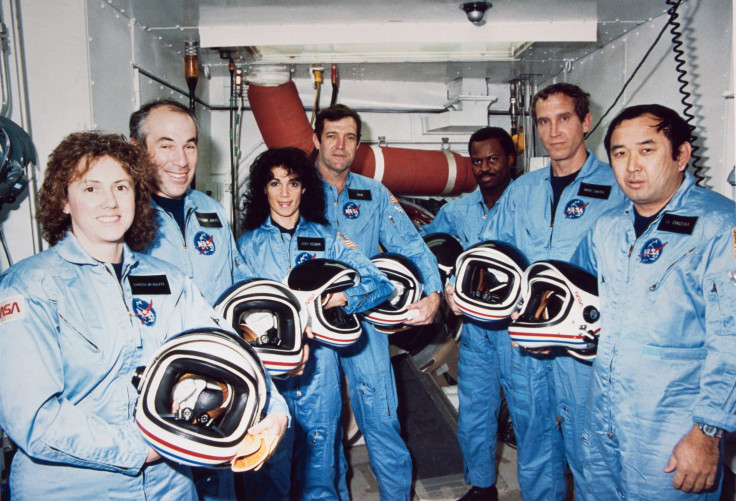
Thursday marked NASA's annual Day of Remembrance for the crews of Apollo 1, Challenger and Columbia who died during their missions. The anniversary of the Challenger explosion is Sunday and marks 32 years since the seven-person crew perished less than two minutes after the launch of the space shuttle.
If successful, the launch would have been the first time NASA sent an educator to space to teach lessons in a zero-gravity environment to those on Earth. Christa McAuliffe trained for space flight, planned her lessons and practiced the broadcasts of the lessons prior to launch. She launched with her six crewmates on Jan. 28, 1986, but 73 seconds into the launch the structures of the Challenger failed and it succumbed to an explosive burn at 46,000 feet, according to NASA.
The explosion was caused "By a failure in the joint between the two lower segments of the right Solid Rocket Motor," said a NASA report. The seals that keep the hot gases from leaking during the burn of fuel broke and instead the gases leaked during launch, this caused the explosion that resulted in the loss of the entire crew. Those watching on the ground and on television were shocked to see the craft break apart and fall from the sky.
All seven members of the Challenger crew were honored by NASA on Thursday.
Teacher-in-Space, payload specialist, Sharon Christa McAuliffe

McAuliffe was chosen to be the first teacher in space with NASA and planned lessons to do aboard the shuttle for months prior to the launch. She was a social studies teacher who mostly taught history and civics classes but she had several science experiments planned for her time on the shuttle. Neither she nor her lessons ever made it to space, but this year NASA and The Challenger Center will honor her by having NASA astronauts conduct and film her experiments on the International Space Station.
Payload specialist, Gregory Jarvis
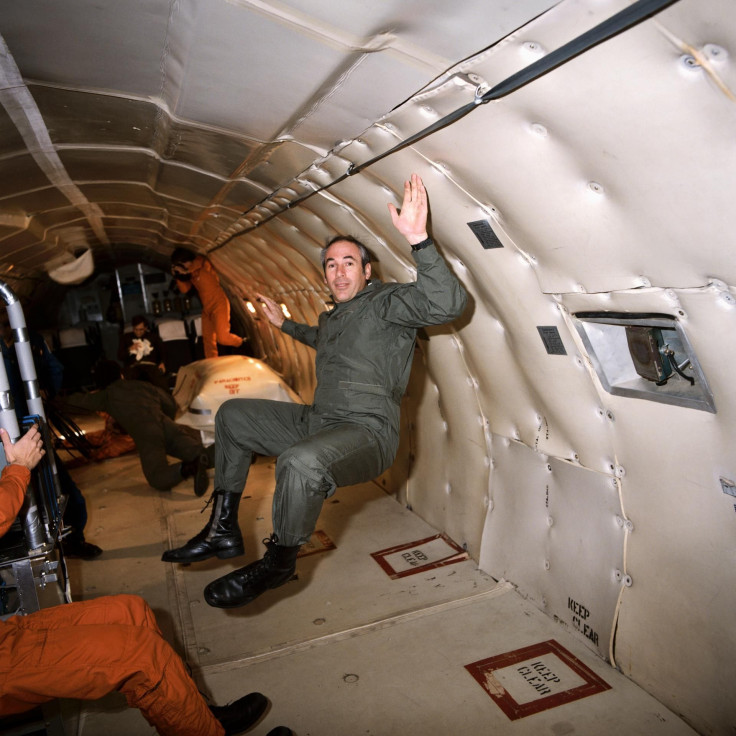
Gregory Jarvis was a member of the Air Force who became a communications subsystem engineer for Hughes Aircraft Space and Communications group where he eventually became an assistant spacecraft system engineering manager. In 1984, he was selected from a group of 600 applicants as a payload specialist for NASA, according to NASA. He was assigned to the Challenger mission after his initial launch date was delayed twice.
Astronaut, mission specialist, Judith A. Resnik
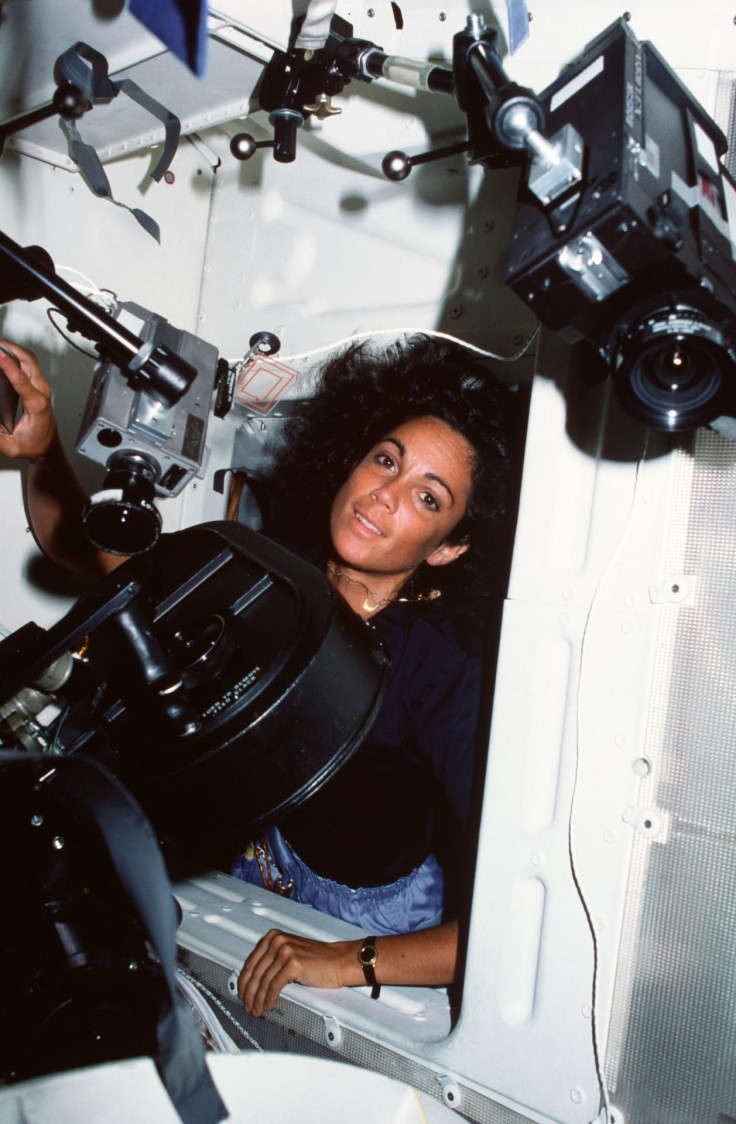
Selected as an astronaut candidate in 1978, Judith Resnik completed training and worked on a number of projects for NASA before her first mission to space on board the maiden flight of the Discovery craft. She had a doctorate in Electrical Engineering and was an accomplished classical pianist who enjoyed flying in her free time, according to NASA.
Astronaut, mission commander, Francis R. (Dick) Scobee
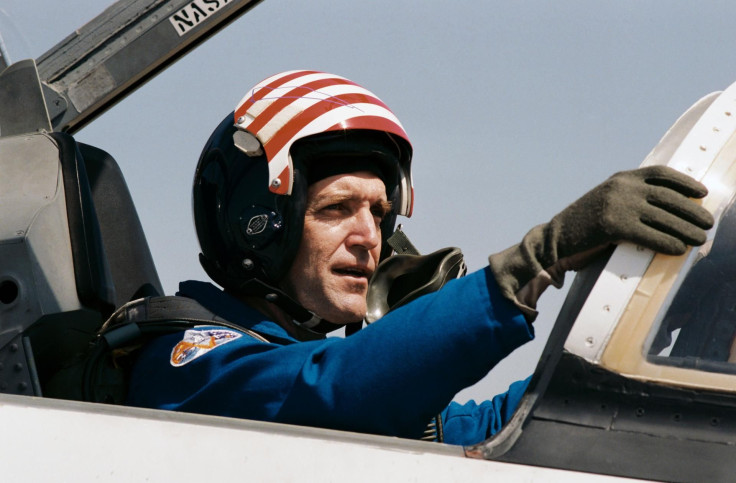
Scobee was also selected by NASA in 1978 as an astronaut candidate and completed his training the next year. An accomplished pilot, he was also an instructor for the NASA Boeing 747 Shuttle carrier plane, according to NASA. He served as the pilot for the 11th space shuttle mission for NASA before serving as mission commander on the Challenger logging more than 160 hours in space. In his free time, he would oil paint or woodwork.
Astronaut, mission specialist, Ronald E. McNair
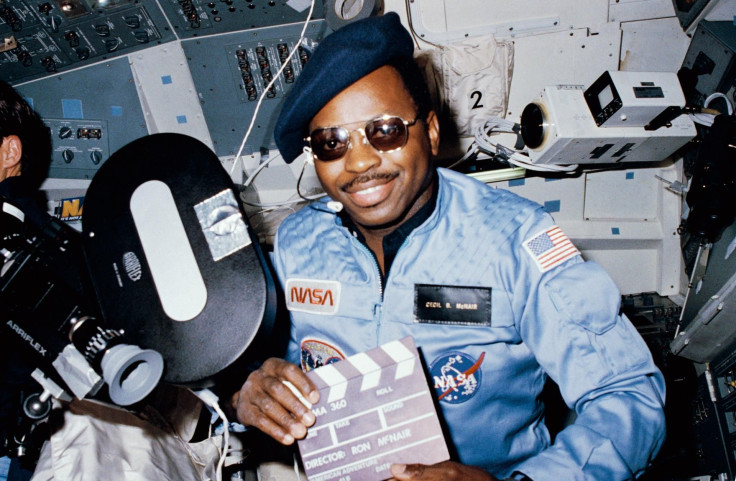
Mission specialist Ronald McNair flew his first flight with NASA as a mission specialist in 1984 on the space shuttle. He was a performing jazz saxophonist, according to NASA. During his time at the Massachusetts Institute of Technology, he became one of the first people to develop chemical and high-pressure lasers. In the above photo, he was dressed as a "director" for a film being done on the shuttle during his first NASA mission.
Astronaut, pilot, Michael J. Smith
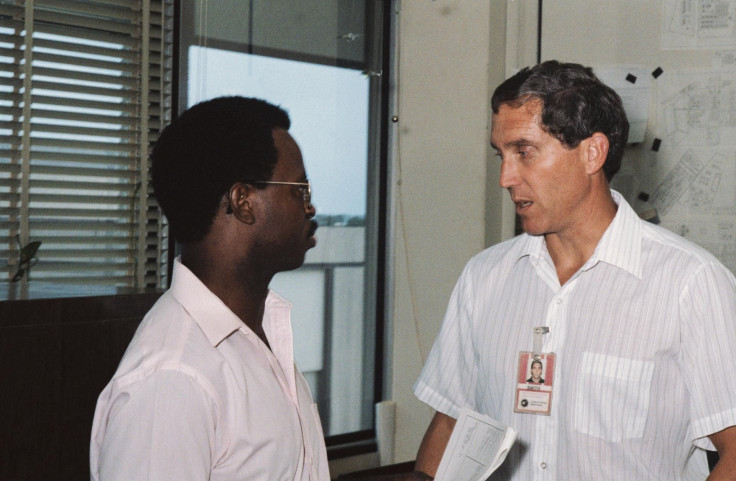
Captain Michael John Smith was selected as an astronaut candidate in 1980 after time in the Navy as a pilot during the Vietnam War. He wore many hats during his time at NASA as the Deputy Chief of Aircraft Operations Division, Technical Assistant to the Director, Flight Operations Directorate, a commander in the Shuttle Avionics Integration Laboratory as well as an astronaut in the Astronaut Office Development, according to NASA. The Jan. 28, 1986, launch of the Challenger shuttle was Smith's first mission.
Astronaut, mission specialist, Ellison S. Onizuka
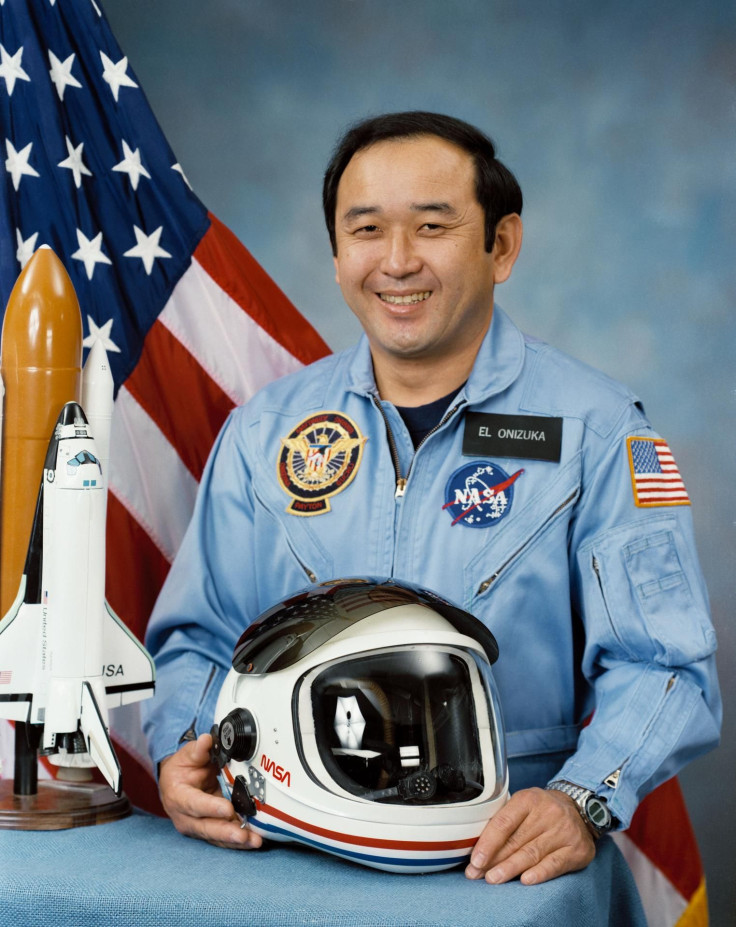
After nearly a decade working as an engineer with the United States Air Force, Ellison S. Onizuka was selected in 1978 as an astronaut candidate for NASA. After completing his year of training he served as an engineer and then flew his first mission as a mission specialist in 1985 on the first Space Shuttle Department of Defense mission, according to NASA. During that mission, he helped deploy the Inertial Upper Stage. He was a mision specialist on the Challenger shuttle.
The seven members of the Challenger, STS-51-L, mission that exploded shortly after launch on Jan. 28, 2986:
© Copyright IBTimes 2025. All rights reserved.



















